Perennial podeňky or tradeskancie (Tradescantia) of the family Commelinaceae We include in our gardens so far to little-known trvalkám. Although it, particularly in the detail view, of real gems, the gardens are often unfairly overlooked.
In outdoor conditions, such as perennials are grown mainly hybrids, which now belong to Tradescantia × andersoniana. This is a hybrid Tradescantia virginiana other species (All are native to North America). In the older literature we can be found with the inclusion of varieties to the aforementioned species T. virginiana, from the original species differs, however, bigger flowers often striking colors and also significantly prolonged time of flowering. From the botanical species are grown T. celebesiana with striking purple colored flowers.
- Tradescantia ohiensis
- Tradescantia andersoniana 'Blanca'
- Tradescantia
Plants bloom abundantly, height tufts is between 40 a 50 cm. Flowers interesting shape with a diameter up to 3 cm bloom only one day, But every day flourish more. They appear on the plant from June to September and contrasts nicely with narrow leaves gramineous.
If you want to enjoy the beauty of flowers in detail, certainly wait till evening. Flowers bloom in the morning and they are beautiful during the morning, However poorly tolerate direct sun, during a hot sunny afternoon on the plants we find very few.
Until recently, it was only in the range of several color varieties, with intensive breeding was started in the second half 20. century (in particular at its end). The color range of hybrids currently range from white through pink and crimson to dark purple, there are frequent multicolored. There are also varieties plnokvěté ('Blue Plena'), the new hybrids with yellow leaves ('Sweet Kate', 'Blue and Gold', 'Chedglow'), but in comparison with other varieties grow weaker.
Reproduction is very easy, the varieties used almost exclusively by vegetative propagation by dividing clumps. The ideal is spring or autumn division, but it is possible to reproduce almost throughout vegetation. During subsequent division, Once the plants have a lot of green matter, require the allocation of radical sestřihnutí, after which very good growth.
Podeňky generally belongs to the undemanding trvalkám. They thrive best in moist soil in the sun, if it is regularly irrigates, They grow well in drier soils. Tolerate and penumbra, where very well grow, but less bloom. Although they thrive best in moist soils, excessive waterlogging in winter bothers them. Winter hardiness is very good, plants can withstand temperatures drop to -20 ° C.
Perhaps the biggest problem with these otherwise nice and undemanding perennials is their tendency to vysemeňování. Plants bloom for a long time and on the same plant at the same time we will find lots of flowers and ripening seeds. Trimming faded stalks is almost impossible, because the seeds maturing the same time, we also removed the flowers. “Babysitting” seedlings it is necessary to maintain authenticity varieties. If we do not do it, after a few years can be found in the furrows of a mixture of different colors and shapes of flowers. It is because of problems with vysemeňováním and because of the need for removal of seedlings, which is difficult to guard particularly inside tufts, tradeskancie are many nurseries excluded from the range.
Podeňky used as group perennials, they are often planted to the edge of lakes and water bodies. They are also used in plantations natural character (In this case, we go after more varieties closer to native species or directly after the botanical species).
In plantations can be combined with other types of similar claims – for example, species from the genus Lysimachia, Polemonium, Heuchera, Monarda, some kinds of bells (Campanula), kakost (Geranium), in shaded parts also čechravami (Astilbe) or hosta (Cough).
The article was published on the website of the Association Czech perenářů courtesy magazine Zahrádkář.





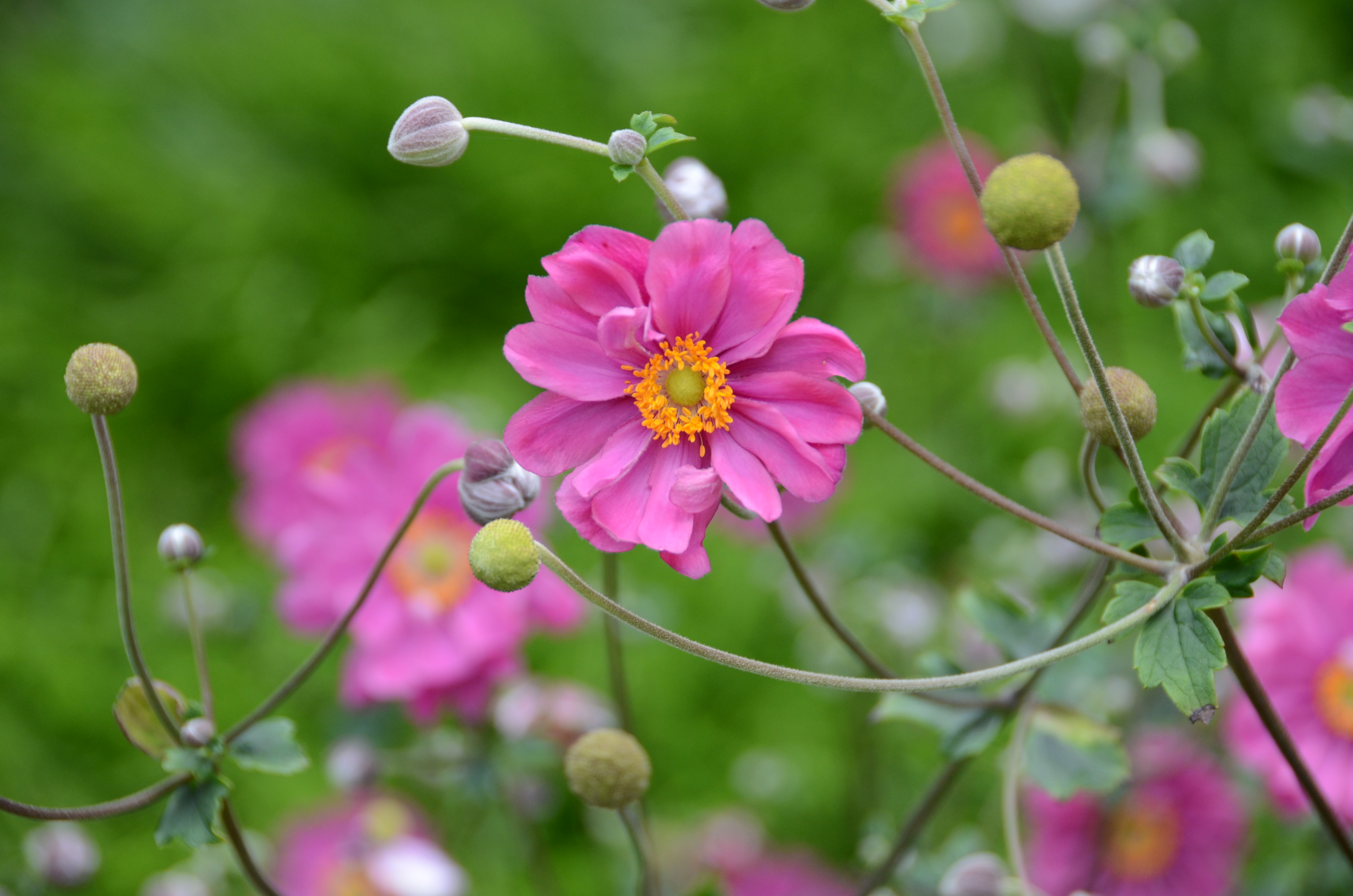
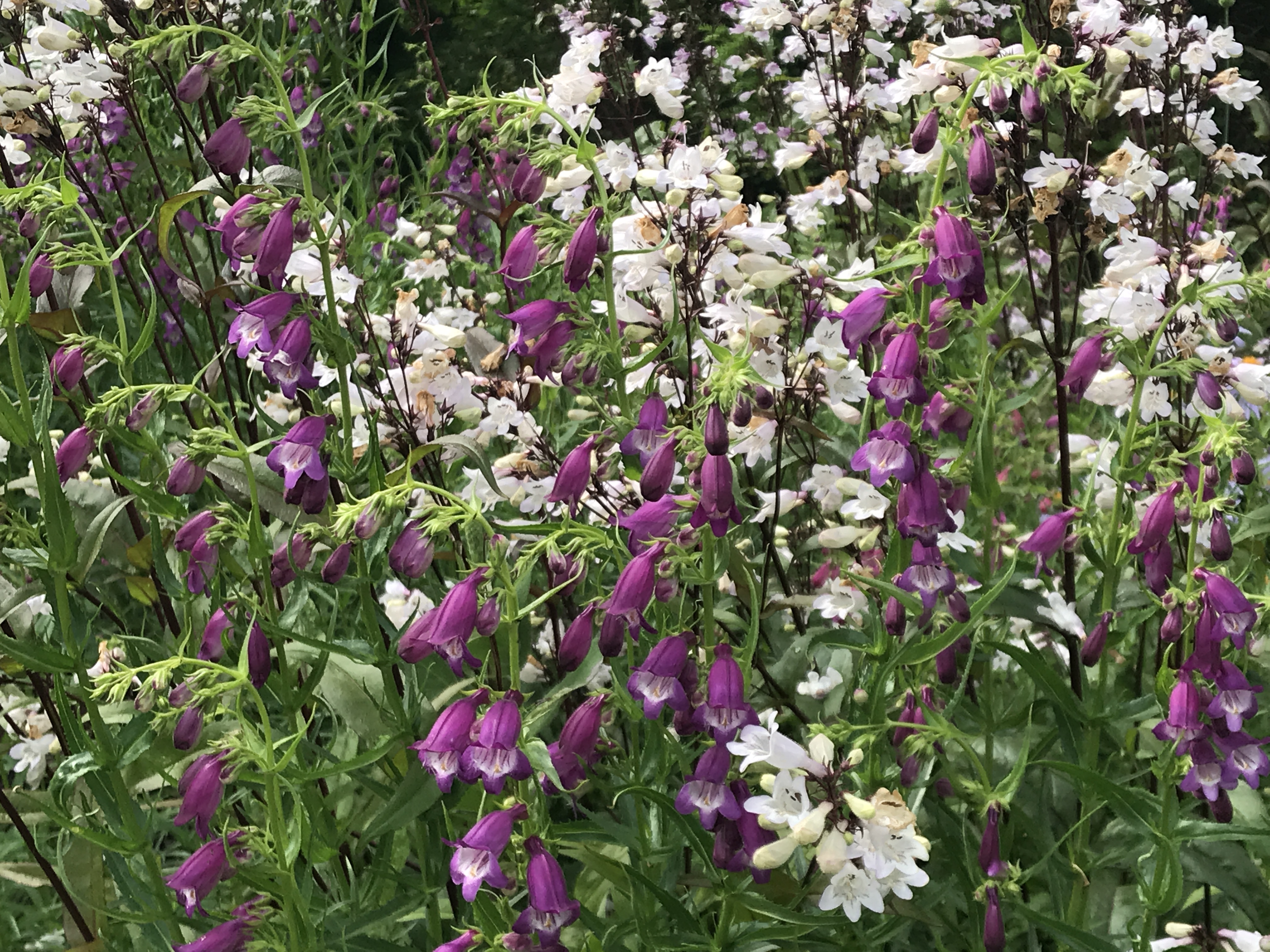

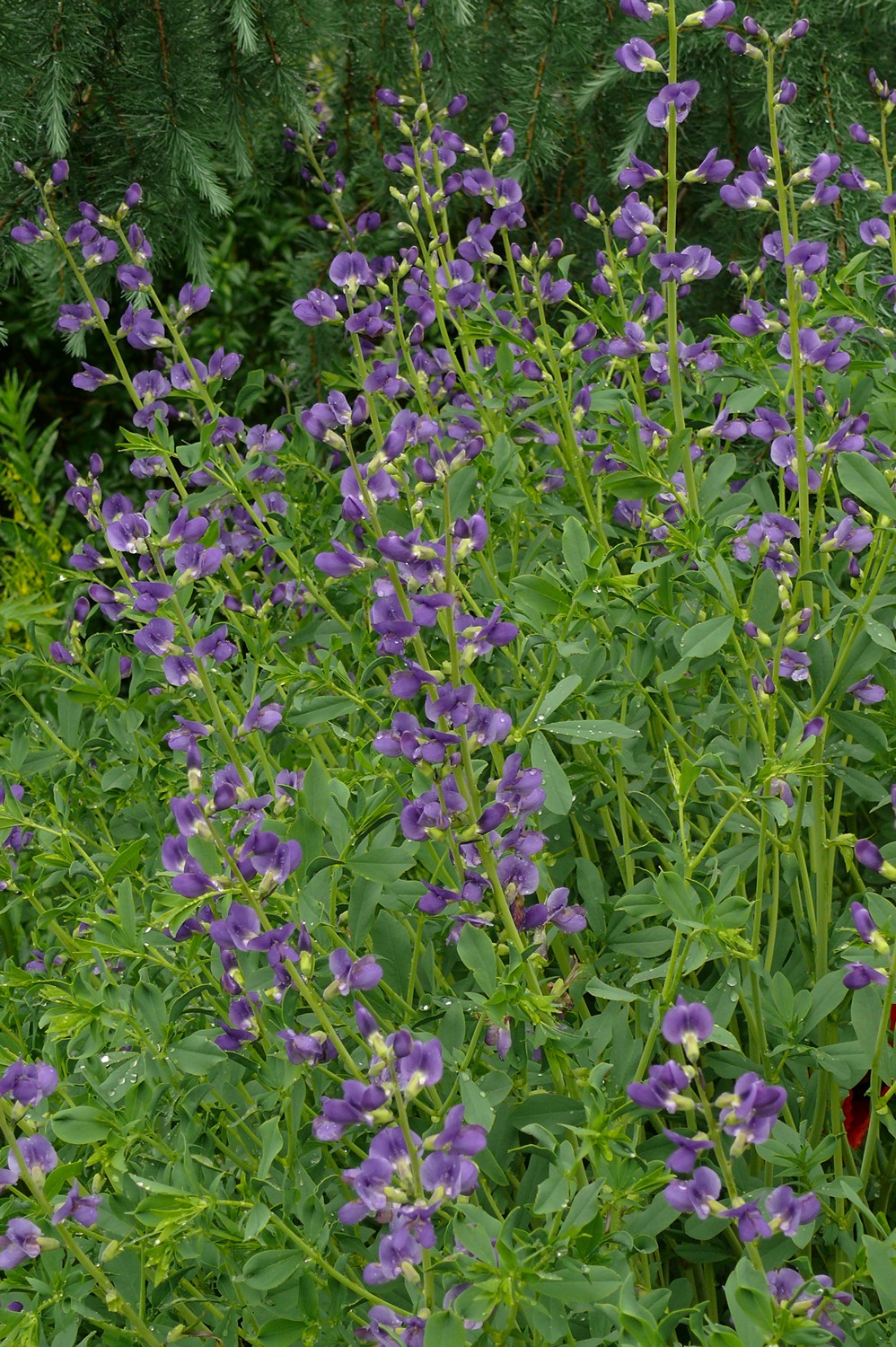
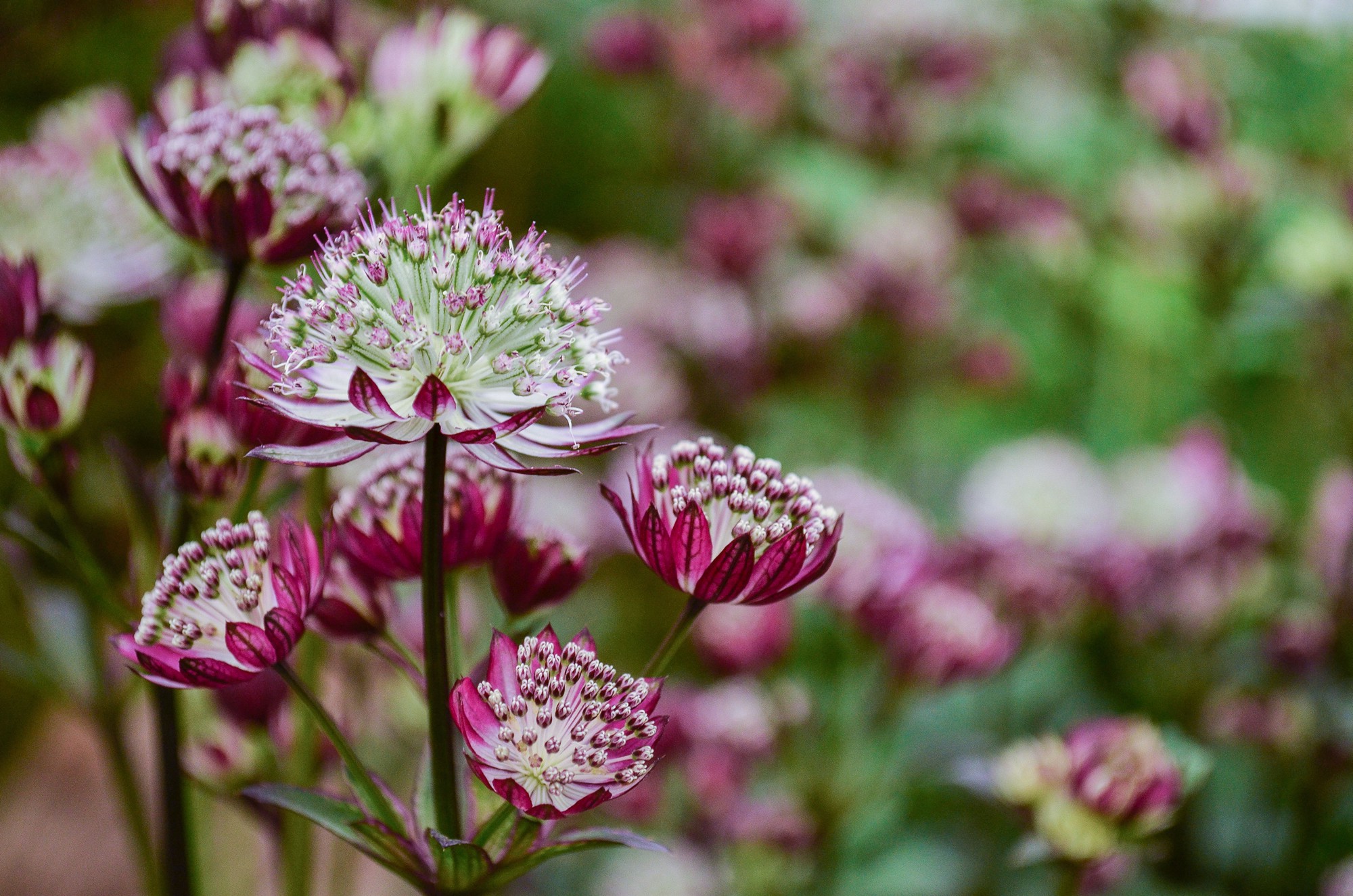




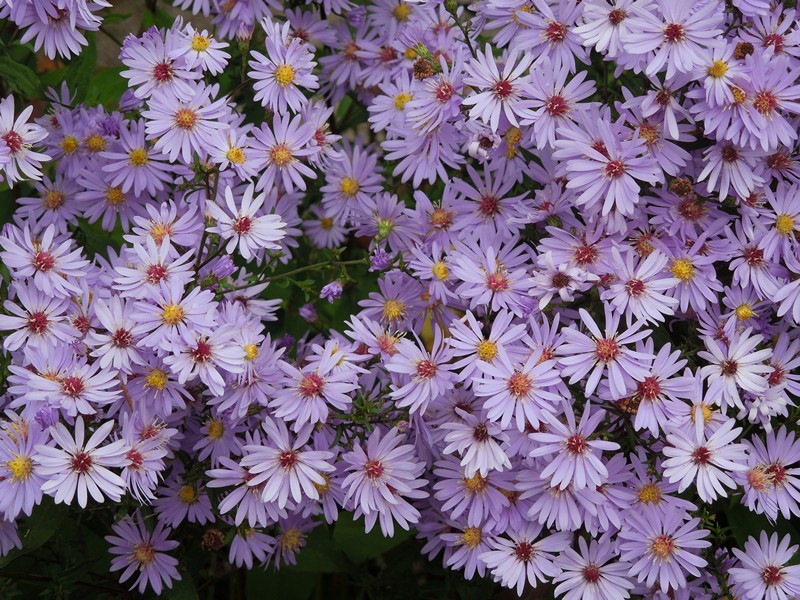
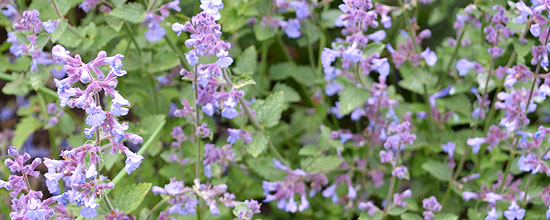
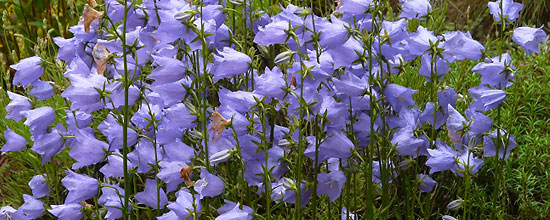


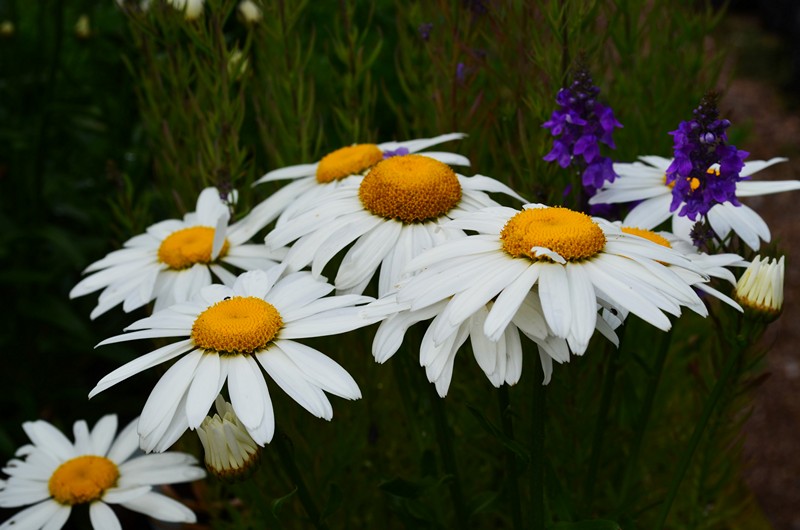
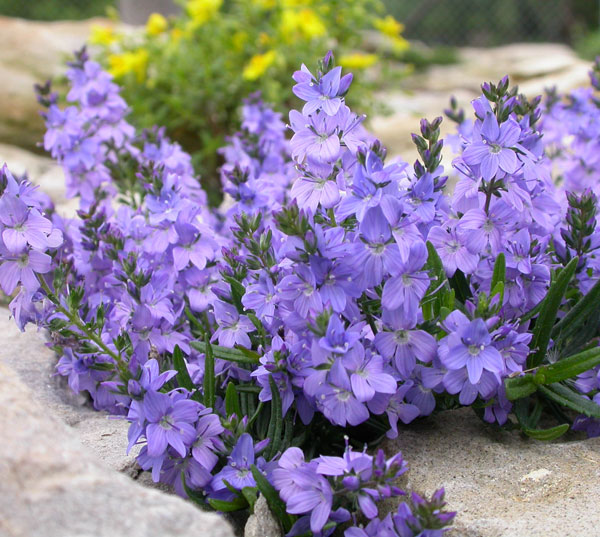


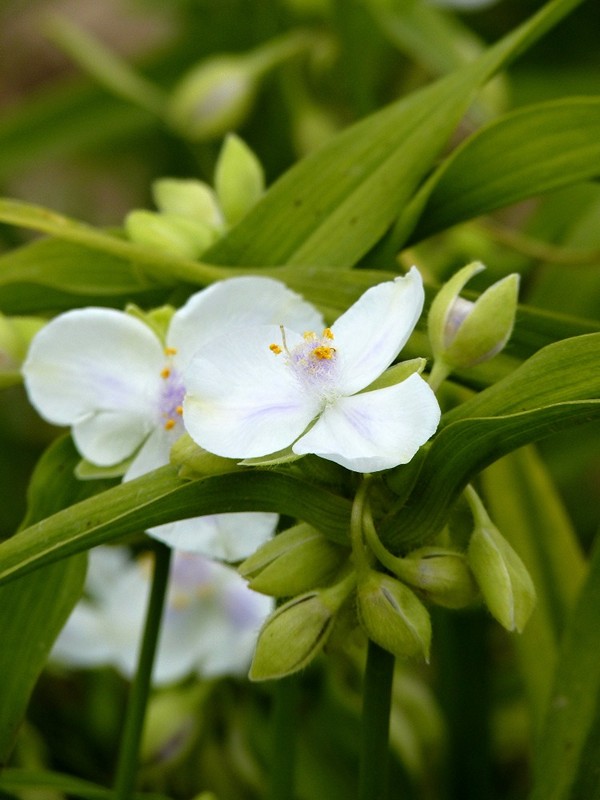
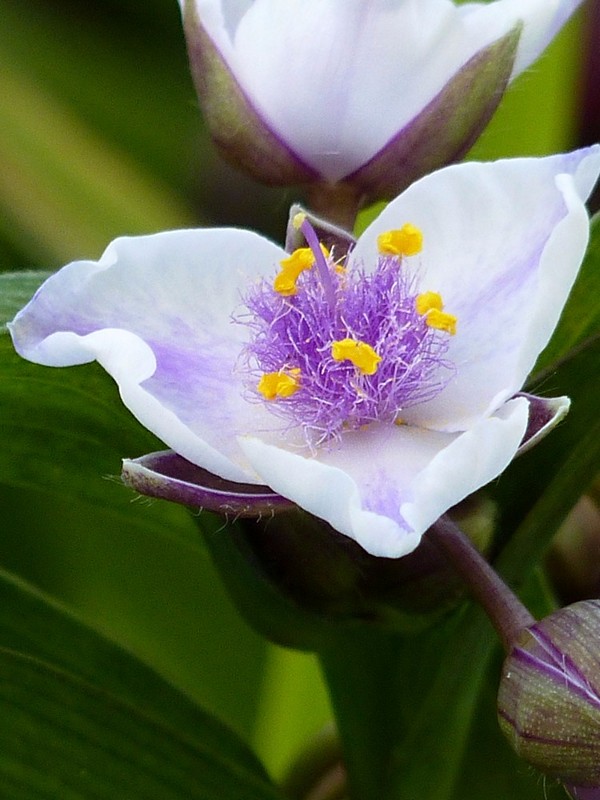

Good day, we bought today poděnku (tradescantia sillamontana). We breed cat at home and I would therefore ask, know, whether this plant is dangerous for cats? I can not find this information anywhere. Thank you.